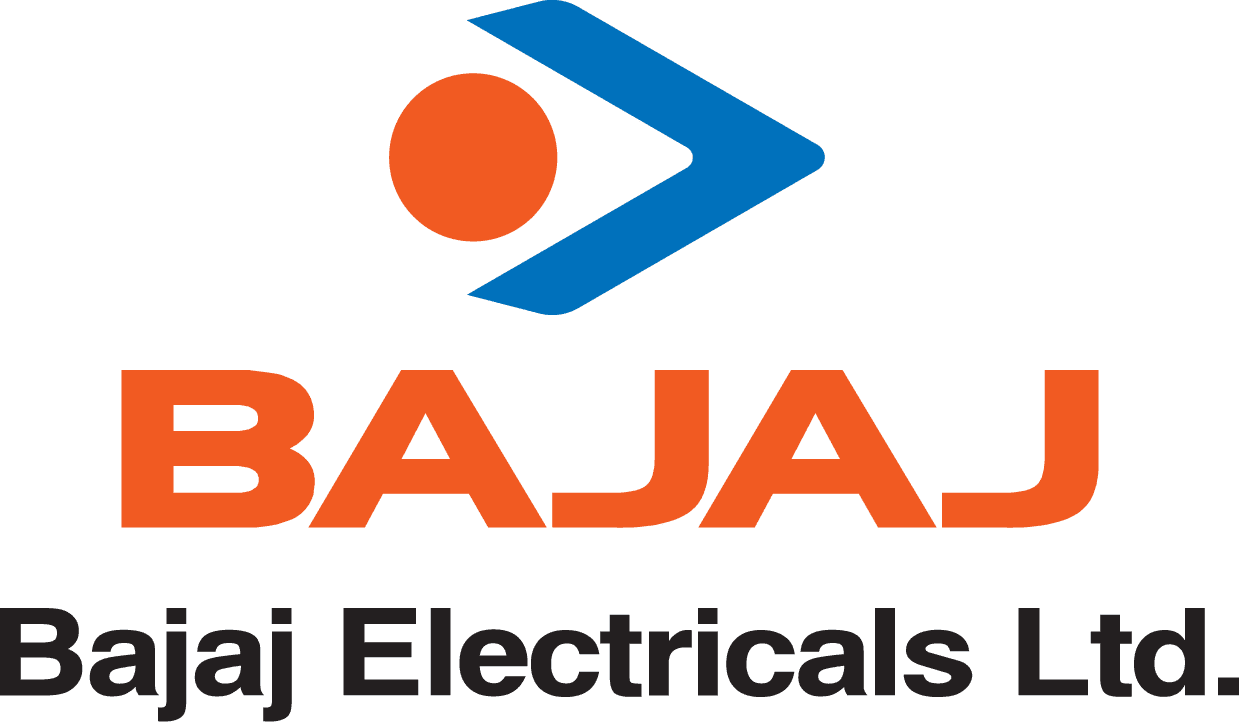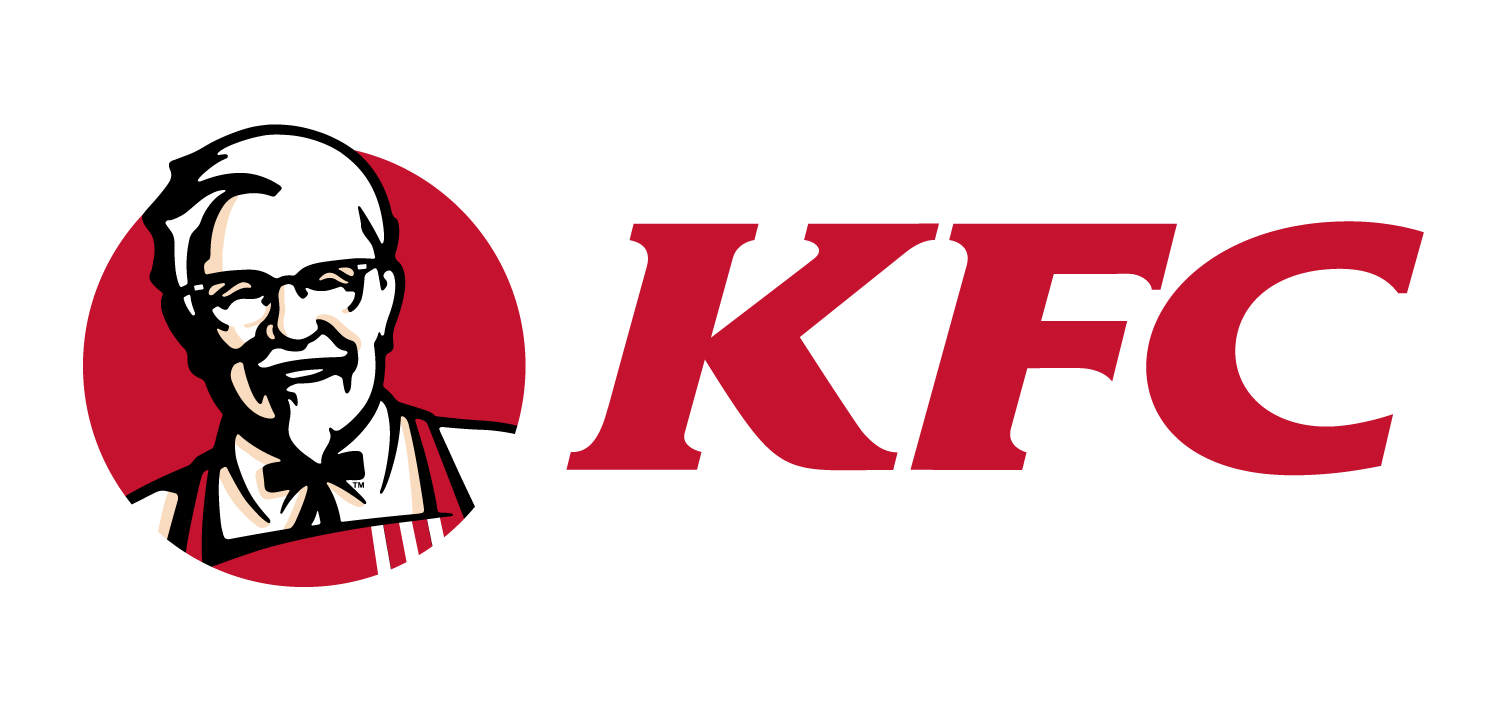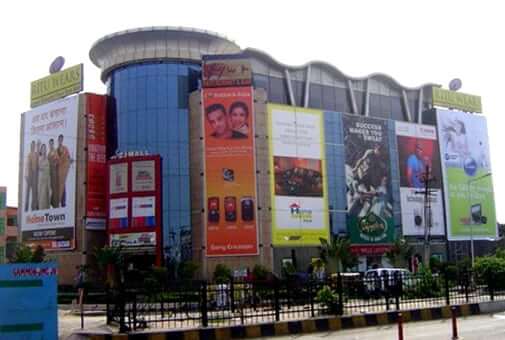Understanding Canter Advertising Costs
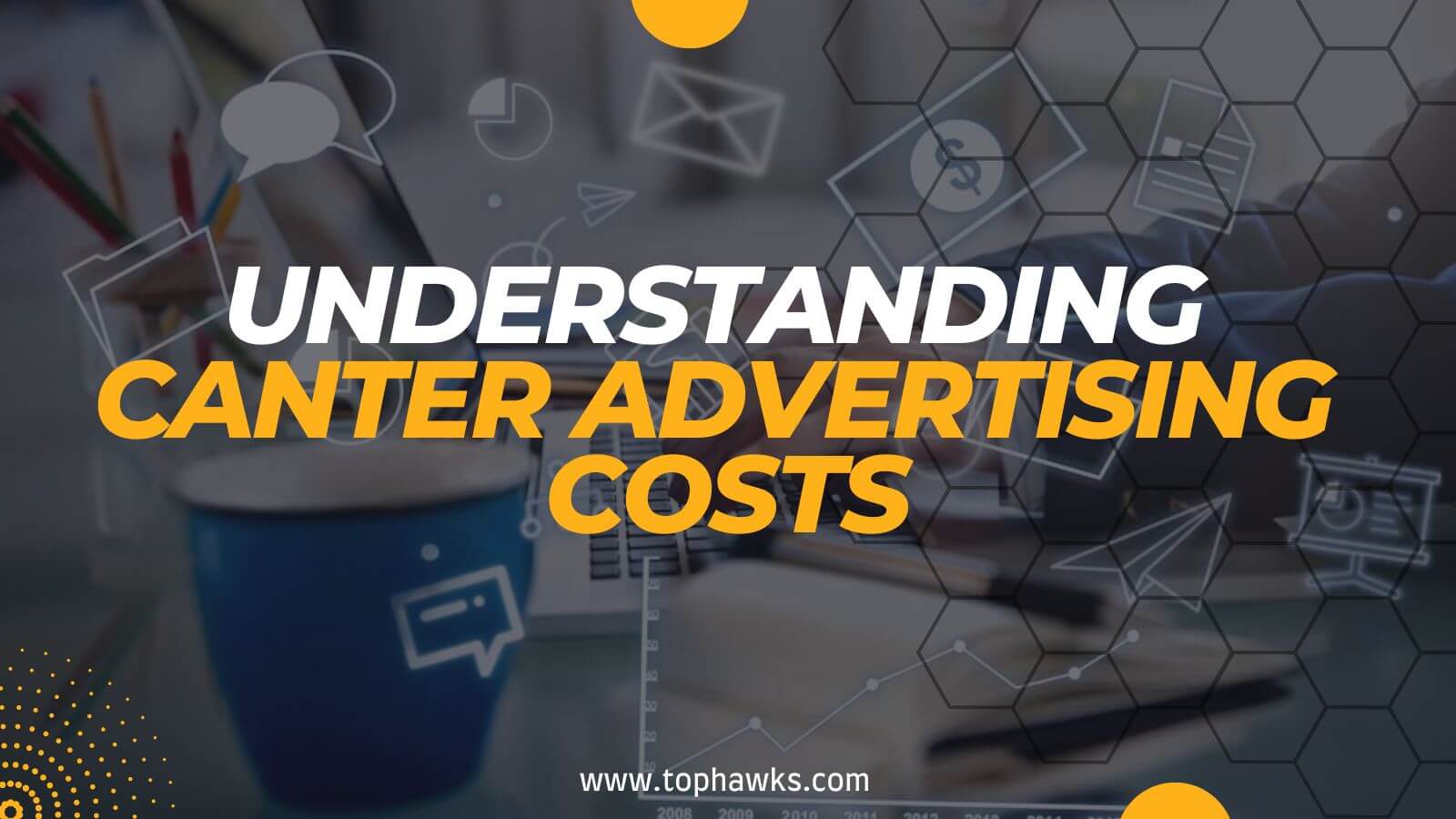
This article mainly involves Understanding Canter Advertising Costs. Let’s learn about it deeply.
Table of Contents |
Introduction
Canter advertising has become an integral part of digital marketing strategies for businesses worldwide. It offers a cost-effective way to reach a targeted audience and drive conversions. However, understanding canter advertising costs is crucial for optimizing your advertising budget and achieving a favorable return on investment (ROI).
What is Canter Advertising?

Canter advertising, also known as display advertising, involves placing graphical or visual ads on websites, mobile apps, or social media platforms. These ads can be in the form of banners, videos, pop-ups, or native ads. Canter advertising allows businesses to promote their products or services to a specific audience based on demographics, interests, or browsing behavior.
Benefits of Canter Advertising

Canter advertising offers several advantages for businesses looking to increase their online visibility and attract potential customers. Some key benefits include:
-
Wide Reach:
Canter advertising enables businesses to reach a vast audience across multiple websites and platforms.
-
Targeted Audience:
By leveraging audience targeting options, canter advertising helps businesses reach their ideal customers who are more likely to be interested in their offerings.
-
Brand Awareness:
Displaying visually appealing ads can enhance brand recognition and increase awareness among the target audience.
-
Increased Website Traffic:
Canter advertising drives relevant traffic to a business’s website, which can lead to higher conversions and sales.
-
Flexibility and Creativity:
Businesses have the flexibility to choose from various ad formats and sizes, allowing for creative and engaging campaigns.
Factors Affecting Canter Advertising Costs
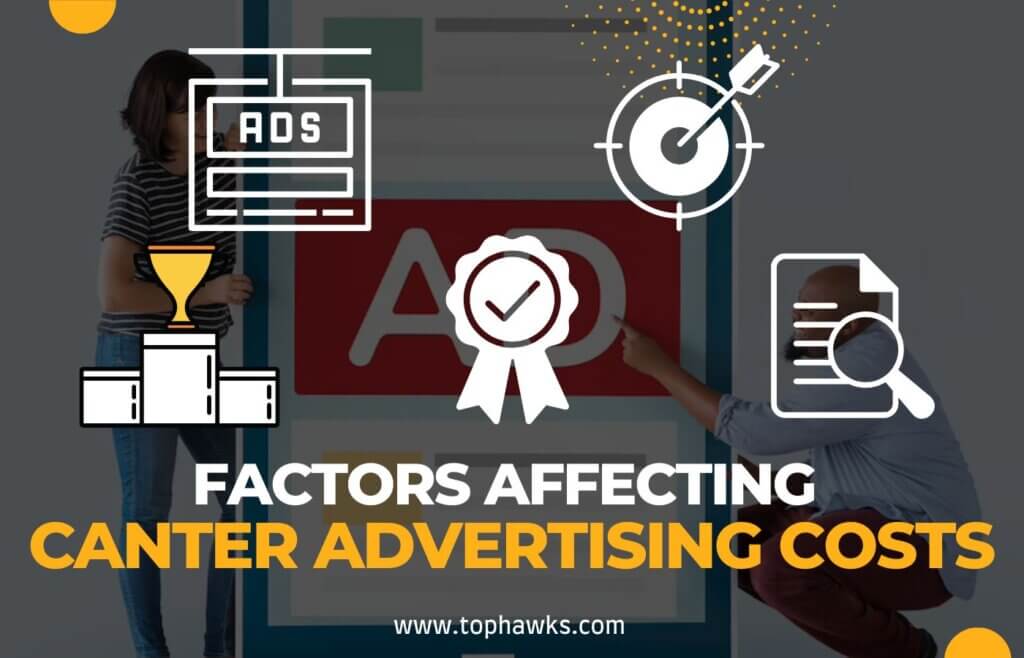
Understanding the factors that influence canter advertising costs is essential for effective budget allocation. Here are some key factors to consider:
-
Ad Placement and Size:
Ads placed on premium positions or larger ad spaces generally have higher costs.
-
Targeting Parameters:
Advanced targeting options, such as demographics, location, or interests, can affect the cost of reaching specific audience segments.
-
Competition:
In competitive industries or during peak advertising periods, the demand for ad space increases, leading to higher costs.
-
Ad Quality and Relevance:
Ads that have high-quality visuals, compelling messaging, and relevance to the target audience tend to perform better and may have lower costs.
-
Bidding Strategies:
The bidding strategy you choose, such as cost per thousand impressions (CPM) or cost per click (CPC), can impact the overall advertising costs.
Understanding CPM and CPC
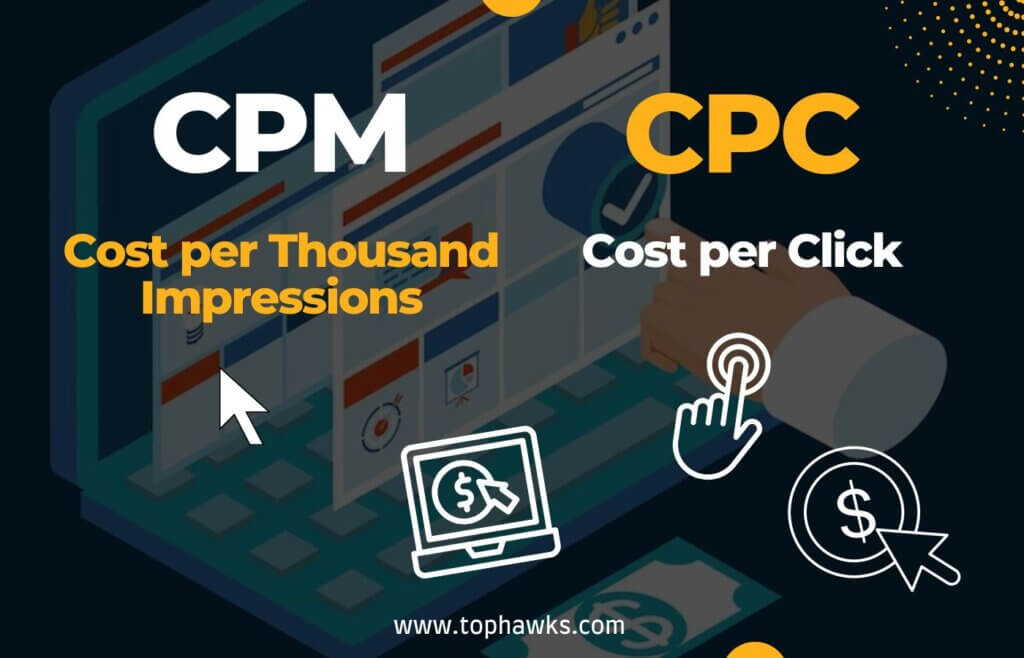
Two common pricing models in canter advertising are CPM and CPC:
-
CPM (Cost per Thousand Impressions):
With CPM, advertisers pay for every one thousand ad impressions, regardless of the number of clicks received. CPM is useful for campaigns focused on brand awareness and exposure.
-
CPC (Cost per Click):
CPC requires advertisers to pay only when users click on their ads. This model is ideal for campaigns aimed at driving website traffic, conversions, or lead generation.
Setting a Canter Advertising Budget
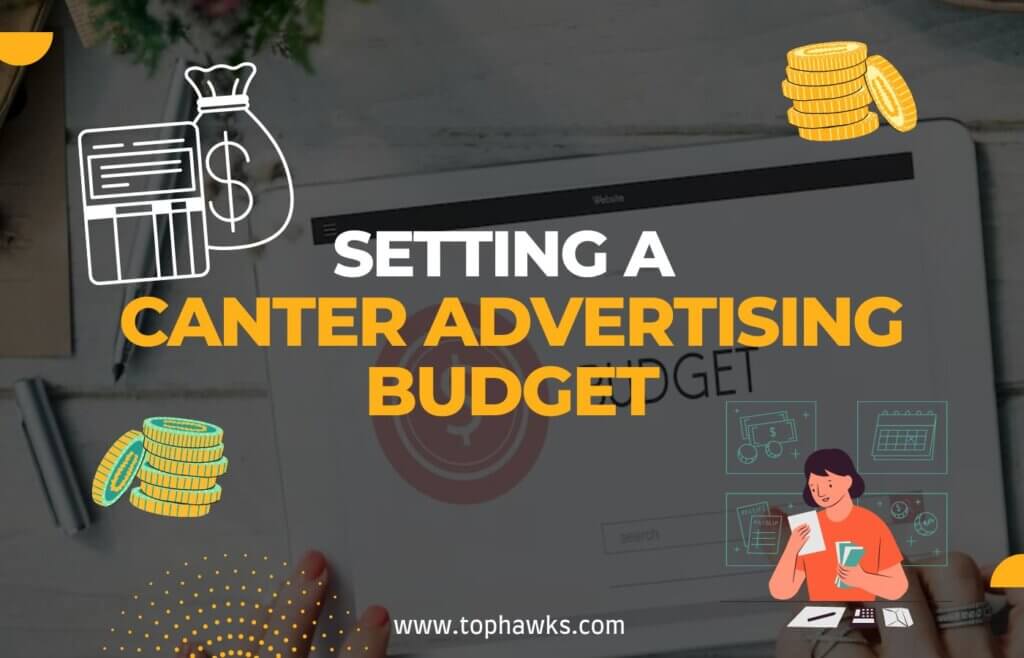
Before diving into canter advertising, it’s crucial to establish a realistic budget. Consider the following steps when setting your advertising budget:
-
Define Advertising Goals:
Determine what you aim to achieve through canter advertising, whether it’s increasing brand awareness, driving website traffic, or generating sales.
-
Research Industry Benchmarks:
Research industry averages and benchmarks to understand typical canter advertising costs in your niche.
-
Consider ROI:
Evaluate the potential return on investment based on historical data or estimates to ensure your advertising spend aligns with your business objectives.
-
Allocate Budget Wisely:
Divide your budget strategically across different campaigns, platforms, and ad formats based on your target audience and advertising goals.
Strategies to Optimize Canter Advertising Costs
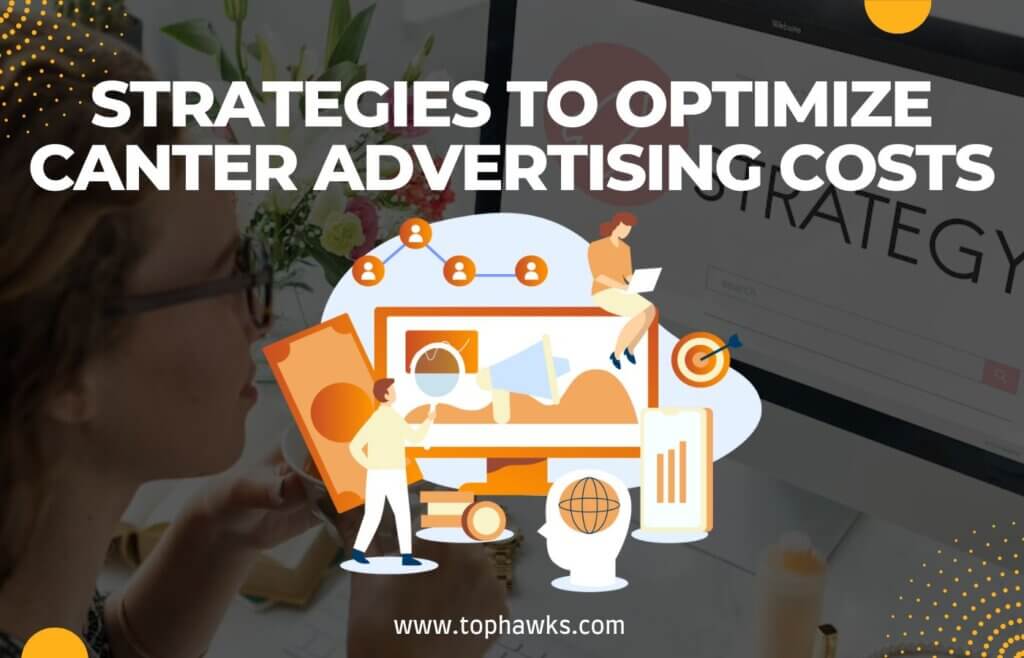
To make the most of your canter advertising budget, consider implementing the following strategies:
-
Refine Targeting:
Continuously analyze and refine your target audience based on data insights to ensure your ads reach the right people.
-
Ad Testing and Optimization:
Experiment with different ad creatives, messaging, and calls-to-action to identify the most effective combinations. Optimize your ads based on performance metrics, such as click-through rates (CTR) and conversion rates.
-
Ad Placement Optimization:
Monitor ad placements and exclude websites or platforms that do not generate desired results. Focus on high-performing placements to maximize ROI.
-
Budget Monitoring:
Keep a close eye on your advertising budget, regularly reviewing the performance of your campaigns. Adjust budget allocations based on the campaigns’ success and optimize underperforming campaigns.
Measuring and Analyzing Campaign Performance

Accurately measuring and analyzing your canter advertising campaigns is crucial to understanding their effectiveness and optimizing costs. Consider these key metrics and analysis techniques:
-
Impressions and Reach:
Track the number of ad impressions and the unique reach to assess the visibility and potential audience size of your campaigns.
-
CTR (Click-Through Rate):
Measure the percentage of users who click on your ads to evaluate their effectiveness in driving traffic to your website.
-
Conversion Tracking:
Implement conversion tracking to measure the number of desired actions, such as purchases or form submissions, resulting from your canter advertising efforts.
-
A/B Testing:
Conduct A/B tests by running multiple variations of ads simultaneously to identify the best-performing elements and optimize your campaigns.
Case Studies of Successful Canter Advertising Campaigns

Examining successful canter advertising campaigns can provide valuable insights and inspiration. Here are a few notable examples:
-
Company XYZ:
By leveraging targeted canter advertising on social media platforms, Company XYZ increased website traffic by 50% and achieved a 30% boost in conversions.
-
Brand ABC:
Through an innovative canter advertising campaign focused on interactive video ads, Brand ABC saw a 20% increase in brand awareness among the target audience.
-
E-commerce Store DEF:
By strategically optimizing their canter advertising budget and refining their target audience, E-commerce Store DEF experienced a 40% increase in sales within three months.
Common Mistakes to Avoid

When venturing into canter advertising, beware of these common mistakes that can hinder your campaign’s success:
-
Poor Ad Design:
Low-quality visuals or unclear messaging can fail to attract the target audience’s attention and diminish campaign performance.
-
Neglecting Targeting Optimization:
Failure to continuously refine and optimize audience targeting can lead to wasted ad spend and inefficient campaign performance.
-
Ignoring Data Analysis:
Neglecting to analyze campaign performance metrics can result in missed opportunities for improvement and cost optimization.
-
Lack of Ad Monitoring:
Failing to monitor ad placements and campaign performance can result in wasted budget on underperforming placements.
Conclusion
Understanding canter advertising costs is crucial for businesses aiming to make the most of their advertising budget. By comprehending the factors that influence costs, implementing optimization strategies, and measuring campaign performance, businesses can drive effective and cost-efficient canter advertising campaigns that yield favorable results.
FAQs

Q1: What is the average cost of canter advertising?
The average cost of canter advertising varies based on factors such as ad placement, targeting parameters, and competition. It is recommended to research industry benchmarks and allocate your budget accordingly.
Q2: Which pricing model is better: CPM or CPC?
The choice between CPM and CPC depends on your advertising goals. If you aim to increase brand awareness, CPM may be suitable. For driving website traffic and conversions, CPC is often preferred.
Q3: How can I optimize my canter advertising budget?
You can optimize your canter advertising budget by refining targeting, testing and optimizing ads, monitoring ad placements, and analyzing campaign performance regularly.
Q4: What are some cost-effective canter advertising strategies?
Some cost-effective canter advertising strategies include targeting niche audiences, leveraging retargeting campaigns, and utilizing programmatic advertising platforms for efficient ad placements.
Q5: Is canter advertising suitable for small businesses?
Canter advertising can be beneficial for small businesses as it allows them to reach a targeted audience with a controlled budget. However, careful planning and optimization are necessary to achieve optimal results within the available budget.
Get in Touch
We are here for you, and we are wearing our thinking caps




